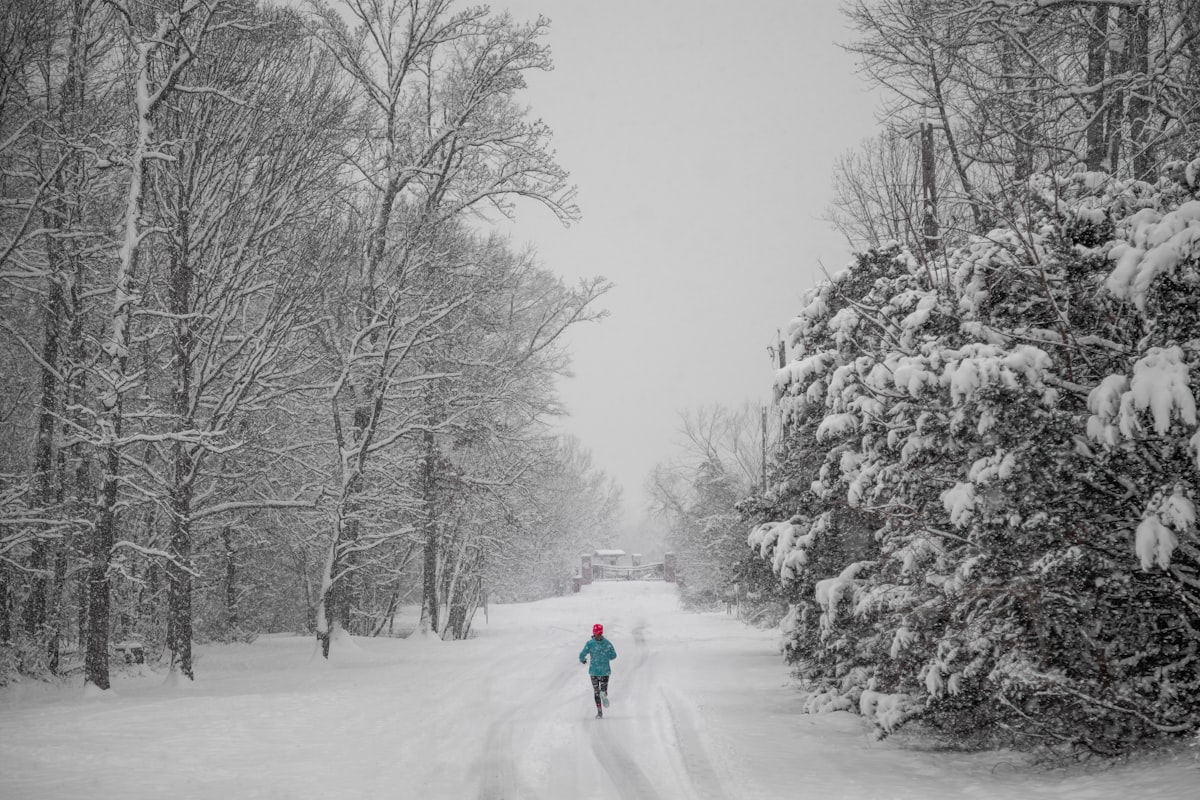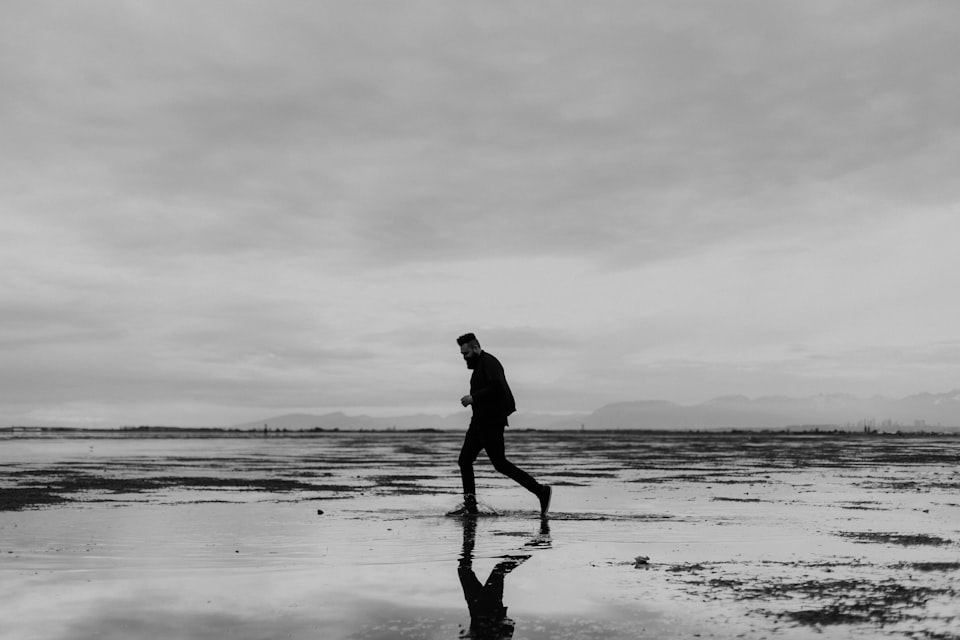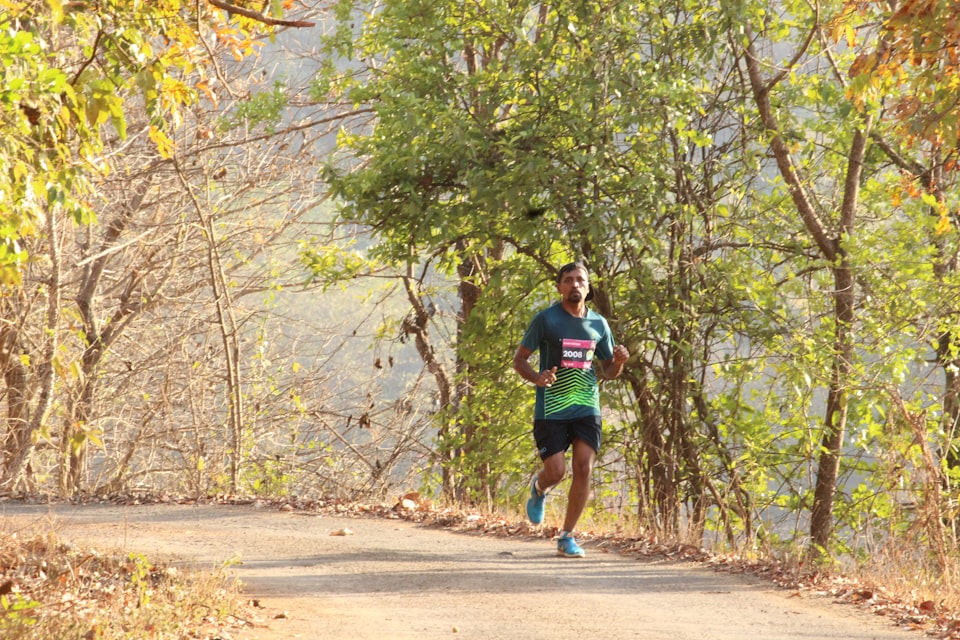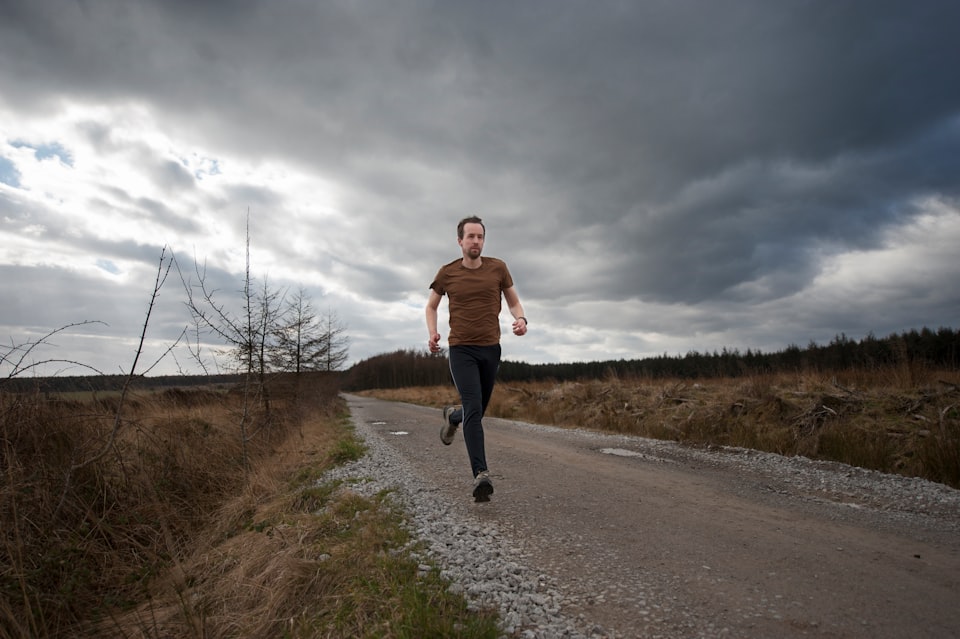8 Rules For Running In The Winter

Winter running doesn’t have to suck.
Fall is in full go now, and it seems like every weekend from October-November I see someone that I know either running a 1/2 or a full marathon.
However, just because you’ve run your goal of running a marathon, 1/2 marathon or 10K doesn’t mean that you have to stop when the cold weather comes around.
The winter can be an easy time to get into a running rut. I know it’s happened to me. There’s been days that it’s been 50 degrees (Fahrenheit) and rainy or 45 degrees (Fahrenheit) with strong winds and the will to go out on a run isn’t there anymore.
There’s an old Swedish saying, “Det finns inget dåligt väder, bara dåliga kläder” which means, there’s no bad weather, just bad clothes.
Running in the winter can be vital. The opportunity to get outside when we spend most of it inside can help stave off cabin fever.
Running in the winter doesn’t have to be miserable. There are some rules of running that I have come up with to make winter running enjoyable.
Rule 1: Layer Instead of Dressing Heavy
Unless you’re attempting to run in below zero temperatures, (good for you if you do) laying your clothes allows you to run to peel off a layer if you happened to dress too warm on your run.
My typical go to outfit for running when it’s 25–40 degrees (Fahrenheit) is:
- Warm base layer
- 1/4 zip pull over
- Joggers
- Heavy socks
- Compression underwear
- Gloves
- Light stocking cap
If it’s even colder, I’ll opt for a neck gaiter or wear an extra layer of gloves to keep my hands mark.

Rule 2: Wear Reflective Clothing Or Headlamp
With the sun going down earlier means that it’s going to get dark out sooner. Not only does the sun go down earlier, but it is typically darker out in the winter due to less moisture in the air to reflect ambient light.
Safety is a priority. The other day, I went out on a run at 5:30pm, and it didn’t occur to me that my all black outfit probably wasn’t the safest thing.
Rule 3: Stay Hydrated
It’s easy to neglect hydration when it’s colder out. With many of your favorite running paths, drinking fountains may be turned off for the winter, it may be wise to bring a water bottle with you. If it’s super freezing, opt for an insulated water bottle.
I have found that I can cramp up just as easily when it’s cold out as when it’s super hot. Muscles and joints may feel stiff, so don’t allow hydration to be another factor.
Rule 4: Warm Up
I’m horrible about warming up. However, it’s not wise to start out of the gates sprinting when it’s colder out. The way that I typically gauge if I’m warmed up on a cold weather run is when my face and hands start to feel warm. There may not be any science to this, but I have found that this works for me.
Rule 5: Windbreakers For The Win
Living in Chicago, I’m familiar with the wind. Some days I look at the forecast, it says that it’s 50 degrees (Fahrenheit) outside and that the first step outside has a 40 mph (64.37 km/h) wind gust that cuts right through me.
A simple rain jacket or windbreaker helps this problem a lot. The only downside of a windbreaker is that it doesn’t breathe as easily as a normal jacket or base layer, so there’s a change you may run a little hot with one if the conditions aren’t right.
Rule 6: Check The Conditions
There’s a big difference between running when it’s 45 degrees (Fahrenheit) and rainy vs. 30 degrees and sunny. I prefer to run in the ladder.
If it’s wet out, consider getting some Gortex running shoes. This will prevent your shoes from getting waterlogged during your run. If it’s cold and rainy, wear a rain hat over a stocking cap, so you keep your head dry and warm.
Rule 7: Put Summer Socks Away Until The Summer
Socks are one of the most underrated things when it comes to running. You might think that you can get through the winter by double laying summer socks, but I have found this is a bad idea.
Anecdotally, I have found that double layering socks doesn’t keep my feet as warm as wearing 1 pair of good wool socks. My favorite wool socks are Darn Tough.
Rule 8: Distance Determines What To Wear
There’s a big difference between going out to run 4 miles (6.44 km) of interval training instead of a slow and easy 6-mile (9.66 km) run.
Depending on your time and intensity, dress accordingly to how hot you think your body will be.
Ask yourself what your intention of your run is before you go out. The feeling of running hard, building up a sweat, then slowing down to freeze to your bones is not a pleasant feeling.
Some people may call me crazy, but I love running in the winter. There are fewer people out on the paths and the morning run is calmer than usual.
It can serve as an excellent reason to get outside instead of opting to run on a treadmill all winter. There’s something about winter running that makes me feel connected to the cycles of the seasons.
Are you stuck on what to get for your winter runs? Here is a free list of winter running gear that you cannot afford to miss out on. Make those tough winter runs a thing of the past.




